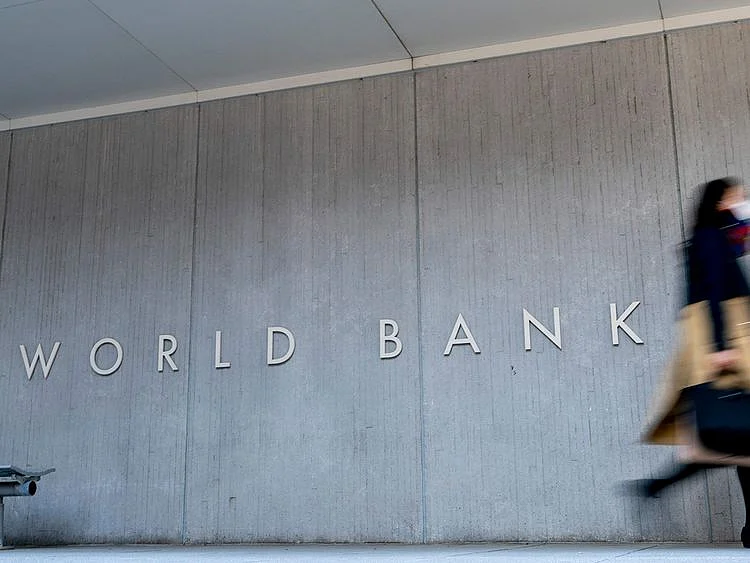Dubai: The World Bank says new global trade tariffs are unlikely to hurt Middle Eastern economies in any major way. Despite global uncertainty, the region’s economic outlook is improving — with growth expected to pick up steadily over the next two years.
Stronger outlook ahead
The latest World Bank report projects the economies of the Middle East, North Africa, Afghanistan, and Pakistan (MENAAP) will grow by 2.8% in 2025 and 3.3% in 2026. That’s a slightly better outlook than earlier this year, suggesting that regional economies are finding their footing again.
Oil-exporting Gulf states are expected to benefit as oil production limits ease and non-oil sectors — like real estate, transport, and tourism — stay strong. For oil-importing countries, growth is being supported by better private spending, investment, and solid gains in agriculture and tourism.
Tariffs not a big worry for now
Global tariff moves and trade restrictions are among the main risks to the global economy. But the World Bank believes their direct effect on the Middle East will be limited.
That’s because most countries in the region have diversified their trade partners and built stronger domestic markets in recent years. These buffers help absorb the impact of higher tariffs or new trade barriers elsewhere.
Some smaller economies could still feel short-term pressure if global supply chains tighten, but overall, the region appears well-positioned to weather it.
Unlocking growth from within
The report highlights one major area where the region could boost growth even more: employment — especially for women. In many countries, fewer than one in five women participate in the workforce, even though education levels are rising.
The World Bank says closing that gap could lift per-person income by 20% to 30% in countries like Egypt, Jordan, and Pakistan. That’s a much bigger growth driver than any tariff changes.
What this means for the region
The takeaway is clear: tariffs may grab headlines, but they’re not the main story for the Middle East. The region’s economic future depends far more on internal reforms — from improving education and infrastructure to creating jobs and supporting private enterprise.
For now, the World Bank sees a steady path ahead. Trade tensions may create noise, but the region’s fundamentals — strong balance sheets, steady investment, and diversified growth — are keeping the outlook positive.
Sign up for the Daily Briefing
Get the latest news and updates straight to your inbox
Network Links
GN StoreDownload our app
© Al Nisr Publishing LLC 2025. All rights reserved.

